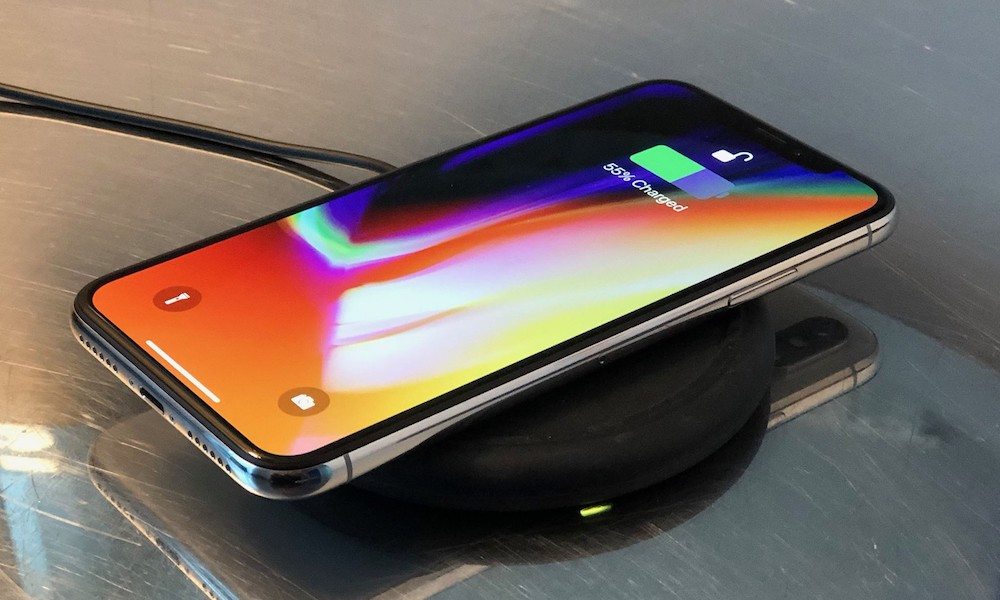Charging Your iPhone Wirelessly Might Be Damaging Its Battery
 Credit: iMore
Credit: iMore
Toggle Dark Mode
When Apple unveiled its latest iPhone flagships back in September 2017, the company flaunted a number of their most impressive, and highly-anticipated, features — among the most significant, and long overdue, being their ability to juice up sans the cord via the universal Qi wireless charging standard.
And while Apple’s self-branded wireless charging accessory, AirPower, should be arriving on the scene literally any day now, the same Qi technology which enables the feature on these aforementioned iPhone models has been available for months now via third-party vendors.
We had plenty of reason to believe that Apple’s implementation of wireless charging would be superior to the technology employed by its rivals like Samsung — however, new evidence which surfaced this week appears to tell a slightly different tale.
iPhone Battery Basics
According to Apple, iPhone’s “battery is designed to retain up to 80% of its original capacity at 500 complete charge cycles” beyond which point the Li-Ion battery pack is considered worn and should be showing signs of degradation.
Each user’s personal experience with their batteries will vary depending on factors including how often they use their iPhone and ultimately how often it requires a power-up.
As a general rule of thumb, users should know that as their battery ages it won’t last as long as it did fresh out of the box, and so your recharge frequency is going to increase, accordingly.
Does Wireless Charging Damage iPhone Batteries?
Back in January, ZDNet blogger Adrian Kingsley-Hughes “became suspicious” that charging his iPhone wirelessly “wouldn’t be good for the long-term health” of his battery, noting how after just four months of ownership his device had reached 90 recharge cycles and just six weeks later it reached 135 cycles.
Utilizing the macOS-based iPhone battery monitoring app, CoconutBattery, Kingsley-Hughes suggested that at this rate he expects to hit 150 charge cycles by the six-month mark.
“That means that in 18 months I should be at 450 recharge cycles, and will break the 500 mark after another two months,” he said. He previously “would have expected an iPhone to make it closer to the 36-month/three-year mark before hitting the 500 recharge cycle.”
Kingsley-Hughes conceded that he considers himself an iPhone power user and that when he’s not using the device it’s generally left on the wireless charger for convenience. Previously, he would have plugged a Lightning cable into it like the rest of us.
“The issue is that when the iPhone is being charged using a cable, the phone is being powered by the cord (there is some load on the battery, but it’s minimal) but when using wireless charging, the battery is what’s powering the iPhone, with the wireless charger only being used to top up the battery.”
In other words, his battery isn’t getting a break and appears to be burning through recharge cycles at a much faster rate due to switching from the cable to a wireless charger.
“I’m switching back to cable charging” he continued, adding that “the idea that my battery could be trash in under two years is frankly worrying.”
If you’re an iPhone 8, 8 Plus or iPhone X user who utilizes wireless charging like Kingsley-Hughes, you may want to consider switching back to the standard Lightning cable, at least to experiment a bit and see whether you’re encountering the same issues.
And if you’re currently in need of some new Lightning cables for your iPhone or iPad, be sure to check out our exclusive 3-pack of extra-long 10 ft. MFi-certified Lightning cables (71% Off).






